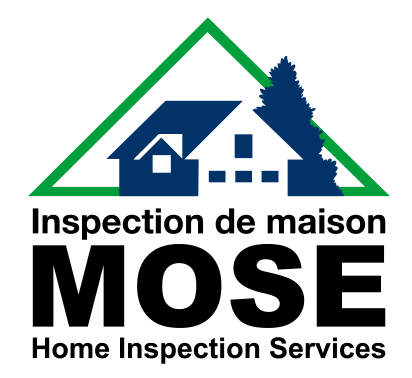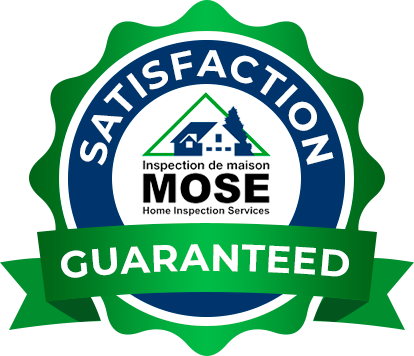Carbon Monoxide Detection 101: What You Need to Know
A few weeks ago, a school in LaSalle had to be evacuated due to carbon monoxide poisoning. 43 people, adults and children, were taken to hospital for treatment. It appears unclear whether the school had a carbon monoxide alarm or whether it was functioning. What is clear in either case is that the threat of carbon monoxide, known as the silent killer, is still very much a concern. The good news is that a carbon monoxide alarm is a cheap and easy solution to the problem.
Carbon monoxide is an odourless and colourless gas that can be fatal if it is breathed by humans and animals. It is produced when fossil fuel is burned. Homes with oil or gas heating systems, fireplaces or wood burning stoves or other appliances, as well as garages that are attached to the house, are all at risk. While each of these has built in methods for releasing the gas safely, things can and do go wrong.
Carbon monoxide can be emitted by fuel- burning appliances that have not been installed properly, by blocked chimneys, vehicle and generators that are running in a garage, a cracked or loose furnace exchanger or by other sources. As it is odourless and colourless, it is difficult to know if there is a leak until it is too late.
The first symptom of carbon monoxide poisoning is often a headache. Other symptoms include fatigue, dizziness, nausea and unconsciousness. Symptoms can be mistaken for the flu or a virus.
Fireplaces are still allowed in certain parts of the greater Montreal area. If you have a fireplace, make sure to have the chimney swept annually to remove any blockages like a bird’s nest and keep vents and flues clear.
We recommend that any home with a fireplace, fuel-burning appliance or heater, or attached garage should have a carbon monoxide alarm. To make sure you are protected, there are some recommended guidelines about installing them.
Install near sleeping area
If you only have one carbon monoxide alarm, make sure it is installed in the main bedroom or in the hallway outside the bedrooms. People are most vulnerable when they are sleeping.
Five feet above the ground
Carbon monoxide gas is lighter than the air we breathe. It will rise so an alarm should be installed at least five feet above the ground.
Install near the garage
Cars that are left running in the garage, even for a short time, will create carbon monoxide. The levels in the home can rise quickly simply by opening the door between the garage and your home so installing an alarm near the garage is a wise move.
Install one on every floor
Ideally, your whole home should be protected and the best way to do this is to install one on every level of your home, including your basement. Even if your basement is unfinished or you don’t go down there often, it is often where the heating system is located. You want to make sure there is no leak that can lead to a build up of gas.
Avoid sun and humidity
Moisture and humidity can interfere with the sensors on an alarm and diminish their accuracy. You should avoid placing your alarm near bathrooms, kitchens, laundry rooms and the like. Direct sunlight should also be avoided.
Replace old alarms
The average lifespan of an alarm is between 5 and 7 years, although some may last up to 10 years. When they get old, the sensors are not as accurate. Most alarms have a warning that will start to sound when it is time to replace them. Make sure to replace them when needed.
Do not ignore the alarm
If your alarm goes off, take it seriously. Open your doors and windows immediately to allow fresh air to enter. Turn off all your fuel burning appliances and heaters. If you have gas appliances, avoid smoking, striking a match, or switching on the lights. Call 911 if you have any of the symptoms listed above.
Prevention is always to best way to go. A carbon monoxide alarm is an effective and inexpensive way to guard your home. At Mose Home Inspection, our goal is to provide you with everything you need to know about your home. Rest assured that you can always call our office for questions regarding your home.

